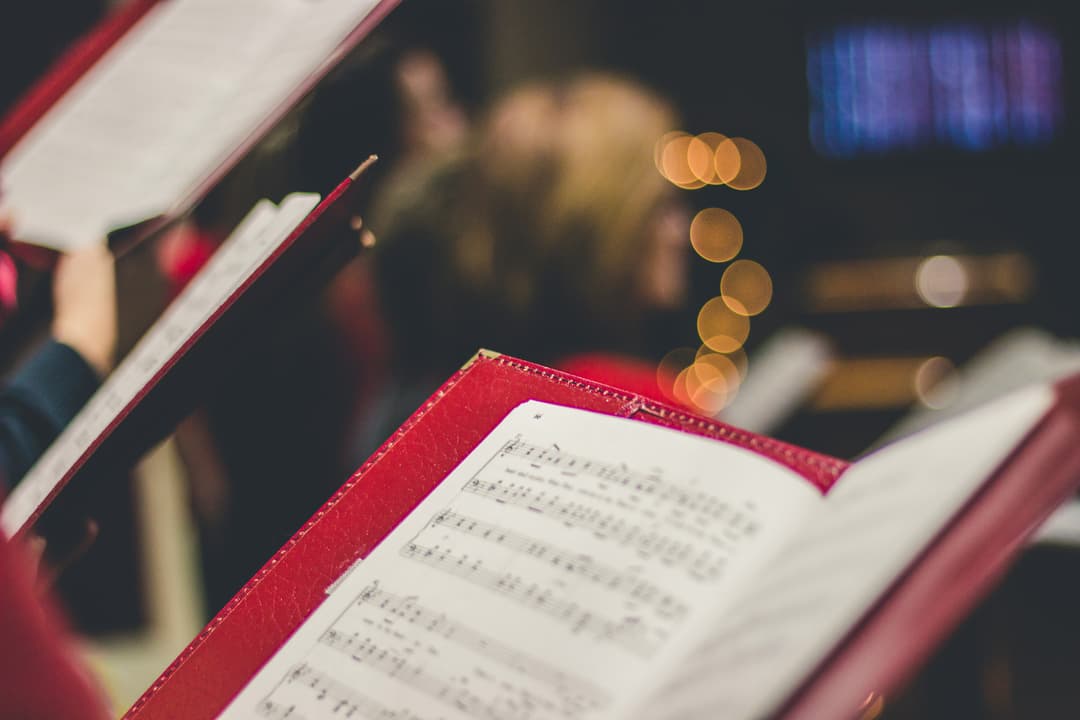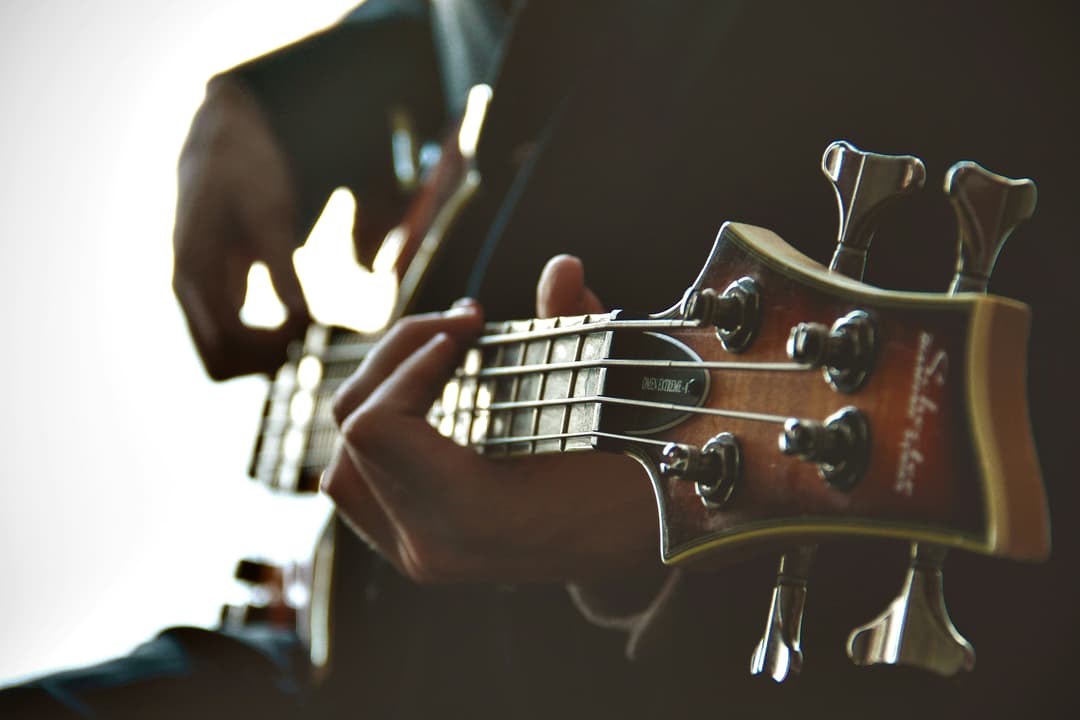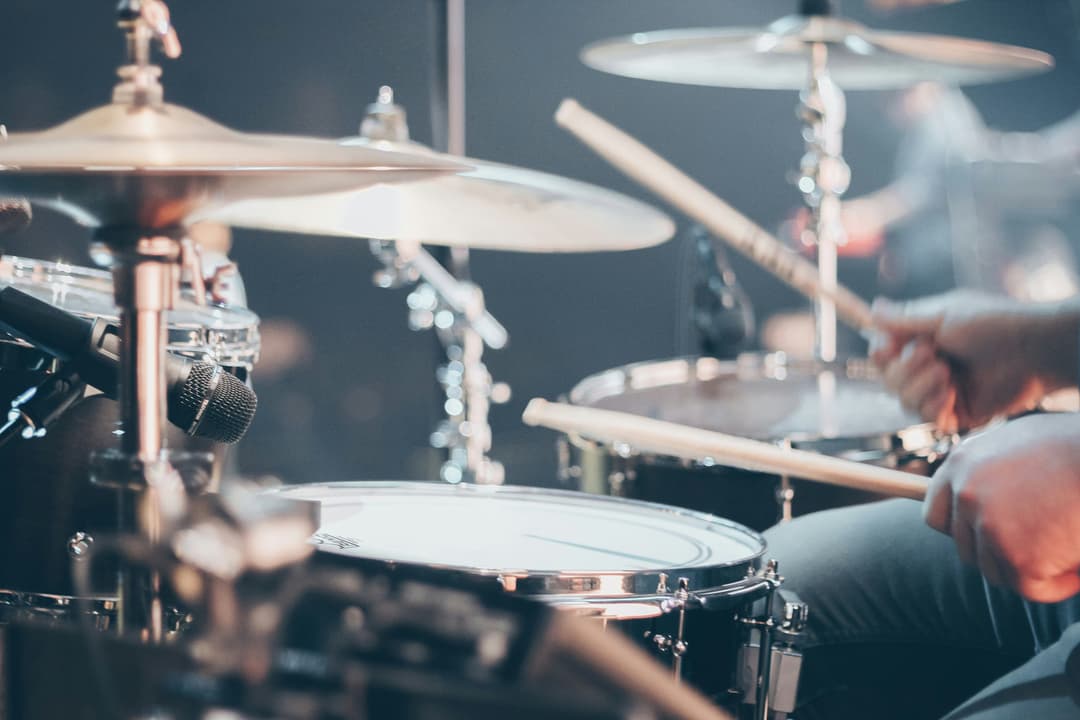Understanding Tempo, Ear Training, and the Musical Ear

July 1, 2024
In the journey of mastering music, understanding tempo, engaging in ear training, and developing a fine-tuned musical ear are crucial. These elements are not only fundamental in learning music but also enhance one’s ability to communicate through this universal language. This blog aims to provide a comprehensive overview of tempo, ear training, and the importance of a musical ear, along with practical tips and frequently asked questions to help both novice and seasoned musicians.
What is Tempo?
Tempo, the speed at which a piece of music is played, is measured in beats per minute (BPM). It sets the mood and character of the music, ranging from slow and solemn to fast and frenetic. Understanding tempo helps musicians synchronize with others and express music as intended by the composer.
The Importance of Ear Training
Ear training is the practice of using one's ear to identify pitches, intervals, chords, and rhythms. It is vital for musicians because it allows them to play more intuitively and react quickly in ensemble settings. Ear training aids in transcribing music, tuning instruments, and improvising, making it a fundamental skill for anyone serious about music.
Developing a Musical Ear
A musical ear involves more than just hearing; it’s about understanding and interpreting what’s heard. It means recognizing different elements of music like melody, harmony, rhythm, and dynamics. Developing a musical ear can significantly enhance the enjoyment and performance of music, making it possible to appreciate subtleties that go unnoticed by the untrained ear.
Musicians should continually strive to improve their understanding of tempo, engage in regular ear training, and develop a refined musical ear. These skills are essential for musical proficiency and can transform a routine performance into something truly captivating.
How can I improve my sense of tempo?
Start by practicing with a metronome to internalize a steady beat. Gradually, experiment with different tempos and try to maintain consistent timing without the metronome. Listening to a wide variety of music genres can also help you understand how tempo varies and affects music.
What are some effective ear training exercises?
Basic exercises include interval recognition, where you practice identifying the pitch difference between two notes. Chord progression recognition and rhythmic dictation are also beneficial. Many apps and software programs are designed to help with ear training through interactive challenges.
Can everyone develop a musical ear?
Yes, with practice, anyone can improve their musical ear. It involves training your brain to recognize and process musical elements effectively. Regular practice and exposure to different types of music can enhance your ability to distinguish and appreciate complex musical nuances.
What is the first step in ear training?
A good starting point is to familiarize yourself with simple melodies and rhythms. Try to replicate them on your instrument or vocally, and gradually move on to more complex pieces. Consistent practice is key to developing a strong musical ear.
Incorporating these practices into your daily routine will not only enhance your musical skills but also deepen your connection to music, allowing for a more expressive and fulfilling musical journey.

